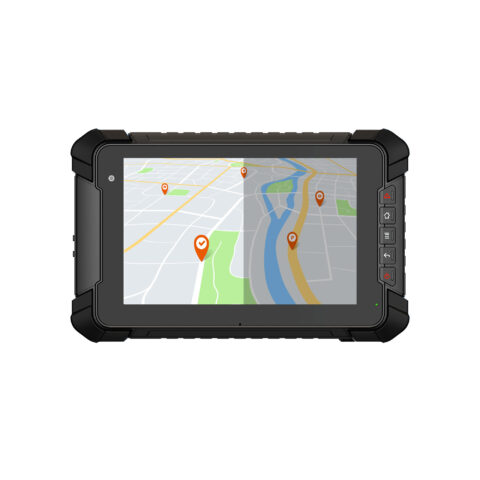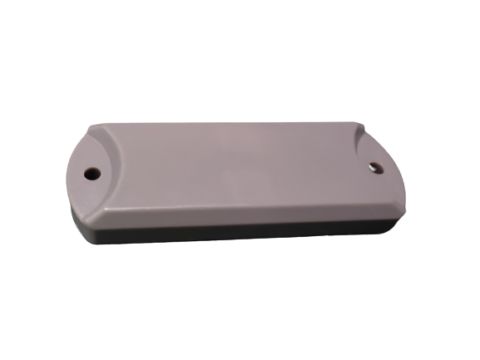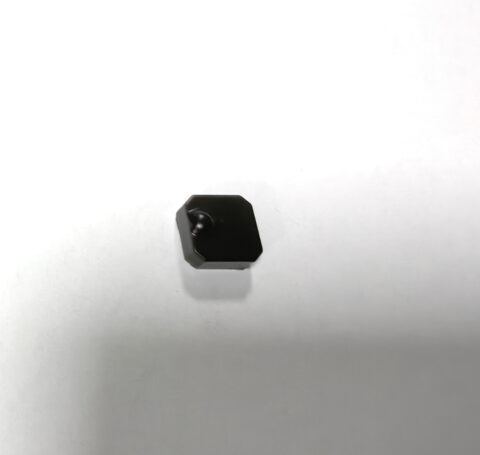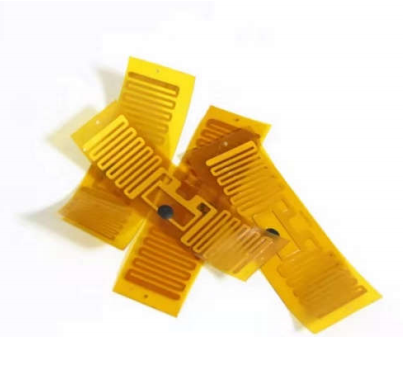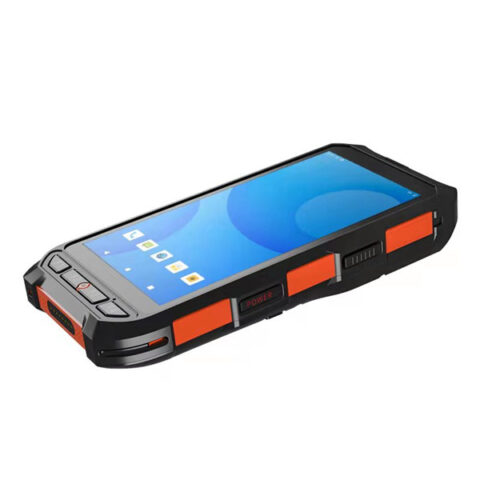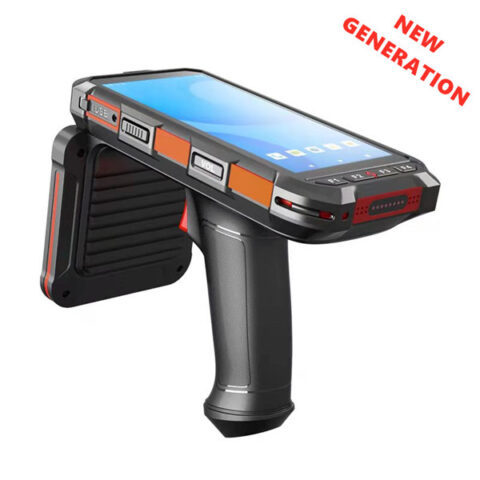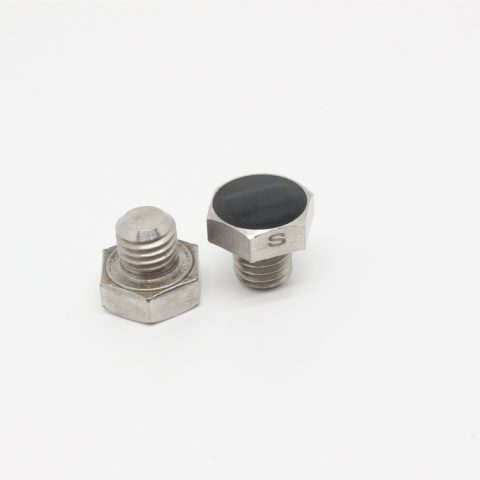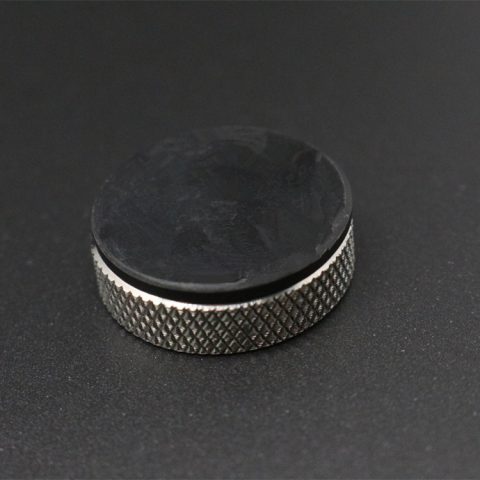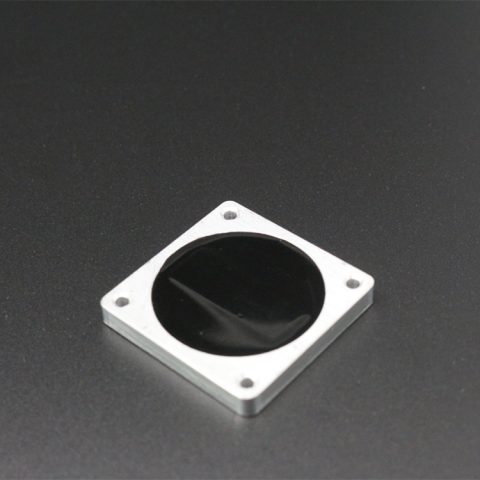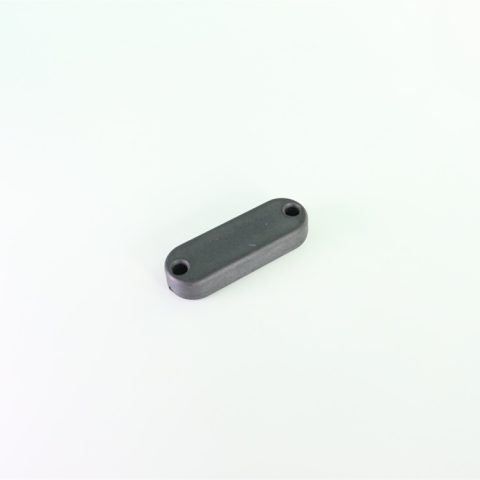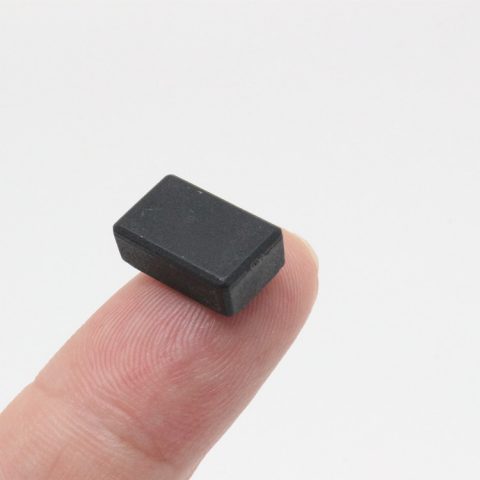
Unparalleled Cattle Traceability and Precision Management of Livestock with UHF ID Technology
Introduction
In the ever-evolving landscape of livestock management, ensuring the highest standards of traceability and precision has become a crucial concern for farmers, ranchers, and agribusinesses. The advent of Ultra High Frequency (UHF) RFID technology has revolutionized cattle traceability and precision management, offering unprecedented accuracy and efficiency. Let’s explores how UHF ID technology is transforming livestock management practices, enhancing traceability, and enabling precision in herd management.
What is UHF RFID Technology?
UHF Radio Frequency Identification (RFID) technology operates in the 860 to 960 MHz frequency range, which allows for long-range and high-speed data transmission. UHF RFID systems use electronic tags (RFID tags) and readers to capture and transmit data about objects—such as cattle—without requiring direct line-of-sight.
Key Components of UHF RFID Systems
- UHF RFID Tags:These are small, passive devices attached to cattle, which contain a unique identifier and sometimes additional data. Tags can be integrated into ear tags, collars, or other forms.
- UHF RFID Readers:Devices that emit radio waves to communicate with RFID tags. They capture the data transmitted by the tags and relay it to a central system.
- Antennas:Used to send and receive signals between the tags and readers.
- Software Systems:Manage and analyze the data collected from RFID tags to provide actionable insights.
Enhancing Cattle Traceability
1. Unique Identification
Each UHF RFID tag has a unique serial number that ensures no two tags are the same. This uniqueness allows for precise identification of each animal, facilitating accurate tracking from birth through various stages of its life.
2. Real-Time Data Collection
UHF RFID technology allows for the real-time collection of data as cattle move through different areas, such as feeding stations or health check zones. This continuous stream of information helps in maintaining up-to-date records of each animal’s location, health status, and other relevant metrics.
3. Automated Record Keeping
With UHF RFID, record keeping is automated and synchronized with the central database, reducing human error and administrative overhead. This automation ensures that the records are accurate and easily accessible for compliance with regulations and audits.
Precision Management of Livestock
1. Health Monitoring
UHF RFID tags can be equipped with sensors to monitor vital signs and health parameters of cattle. By integrating these tags with a health management system, farmers can receive alerts about potential health issues, enabling timely intervention and reducing the risk of disease spread.
2. Efficient Feeding and Breeding
Precision management extends to feeding and breeding practices. UHF RFID technology allows for the monitoring of feeding patterns and the analysis of individual cattle’s nutritional needs. This data enables tailored feeding strategies and optimized breeding programs, improving overall herd productivity.
3. Enhanced Biosecurity
By tracking cattle movements and interactions, UHF RFID systems enhance biosecurity measures. Any anomalies or deviations from normal patterns can be quickly identified, helping to prevent the spread of diseases and ensuring a healthy herd.
4. Data Integration and Analytics
The data collected from UHF RFID tags can be integrated with advanced analytics tools to provide insights into herd performance, growth rates, and operational efficiency. This data-driven approach enables farmers to make informed decisions and optimize their management practices.
Case Study: Success Stories with our UHF RFID Reader
1. Large-Scale Dairy Farms
A large dairy farm implemented UHF RFID technology to manage its herd of thousands of cows. By integrating RFID tags with automated milking systems, the farm achieved significant improvements in milk yield and quality, as well as enhanced animal welfare through better health monitoring.

2. Beef Cattle Ranches
Beef cattle ranches have used UHF RFID to streamline operations such as tracking cattle during feeding, managing breeding programs, and ensuring compliance with health regulations. The technology has led to increased operational efficiency and reduced labor costs.
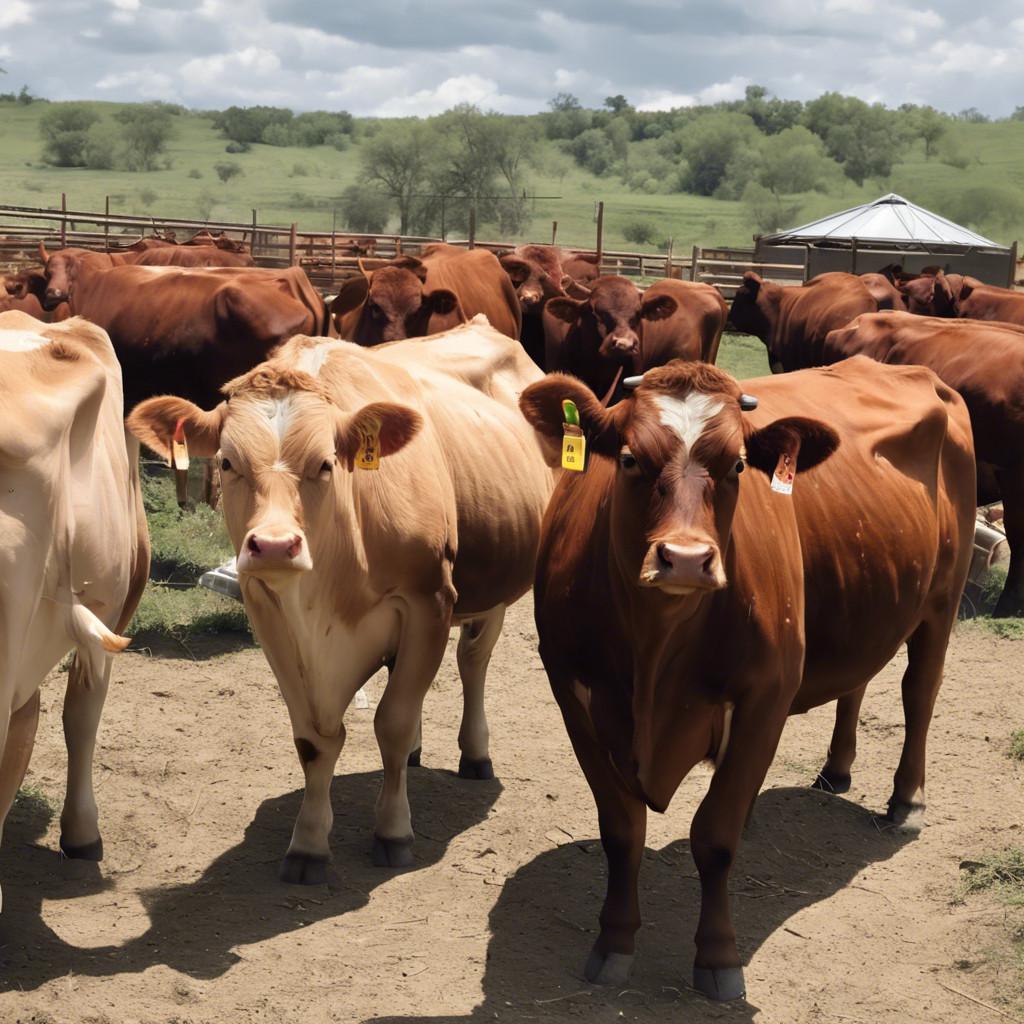
3. Long Range UHF Handheld RFID Cattle Tag Reader
The RFID cattle tag reader is an value tracker for efficient and accurate livestock management, with its long-range distance reading (Max. 20m), Android 13.0 operating system, and robust connectivity options including Bluetooth, Wi-Fi, and 4G. This cow tag rfid handheld scanner is specifically optimized for reading Animal RFID tags, making it an essential tool for modern cattle farming operations.
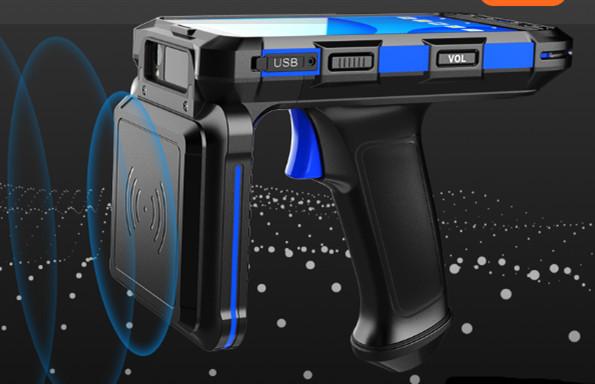
Conclusion
UHF RFID technology represents a groundbreaking advancement in cattle traceability and precision management. Its ability to provide real-time, accurate data on individual animals enhances traceability, streamlines record-keeping, and supports advanced health and productivity management. As the agricultural industry continues to embrace digital solutions, UHF RFID technology stands out as a critical tool for modernizing livestock management practices.
For those interested in exploring UHF RFID technology further, it’s essential to consider the specific needs of your operation and collaborate with technology providers to implement a solution tailored to your requirements. The future of livestock management is here, and UHF RFID is leading the way.
Feel free to contact us with your thoughts or questions about UHF RFID technology and its applications in livestock management.
